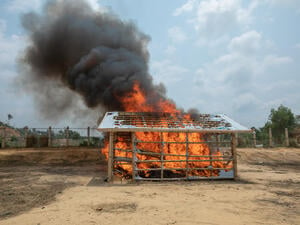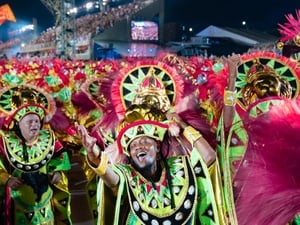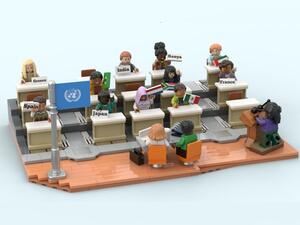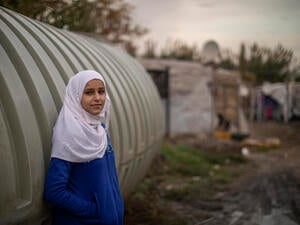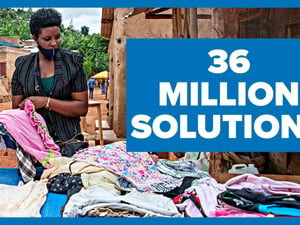Fashion stardom beckons for Somali refugee in Hungary

Fashion stardom beckons for Somali refugee in Hungary
Somali-born model Kafia Mahdi poses under a Budapest statue for a fashion shoot in this season’s leopard-skin print. At only 19, she seems to have found a glamorous new life in Hungary.
However, her journey here was difficult and her success began with small, painful steps in a children’s home.
Now a documentary film has been released about Kafia’s transformation from child refugee to fashion star.
“Easy Lessons” (“Könnyű Leckék”) by Hungarian director Dorottya Zurbó shows Kafia at school and starting her modelling career. On the surface, all seems well, but her heart is heavy at leaving her mother behind and being uprooted from her culture in Somalia.
“Working on the film was challenging,” Kafia said ahead of the documentary’s release in Hungarian cinemas last month. “I had to share my full story, my feelings and my deepest thoughts, which I always find hard to express. But after a while, I got to know the crew and that made me comfortable to open up about a lot of things.”
Kafia grew up in Qoryoley in southern Somalia with her mother, stepfather and six siblings. War was ever-present. Her natural father wanted to marry her off when she was 14, but Kafia dreamt of emancipation and education.
“In Somalia, the men order us around,” she says. “You can’t say what’s on your mind.” It was especially hard for her to leave her mother. “I was always Mummy’s girl.”
To avoid a forced marriage and seeking an education, Kafia left Somalia aged 15. After a hard journey, which took almost a year, Kafia, was stopped as she tried to cross from Serbia to Hungary.
“I just wanted to be in a safe place.”
“I didn’t know where we were,” she says. “I had no idea what language they (the border guards) were speaking. But I didn’t care. I just wanted to be in a safe place.”
Hungarian authorities separated the refugees, sending older ones to reception centres and the under-aged into care. Kafia went to what had in communist times been a huge orphanage in the town of Fot, near Budapest.
“I felt pretty bad,” she says. “There was only one other girl, also from Somalia, and at first we had to share accommodation with the boys. But the social workers were kind and I decided to make an effort. I started to learn Hungarian. When you speak Hungarian, you understand these people. They are straightforward and nice.”
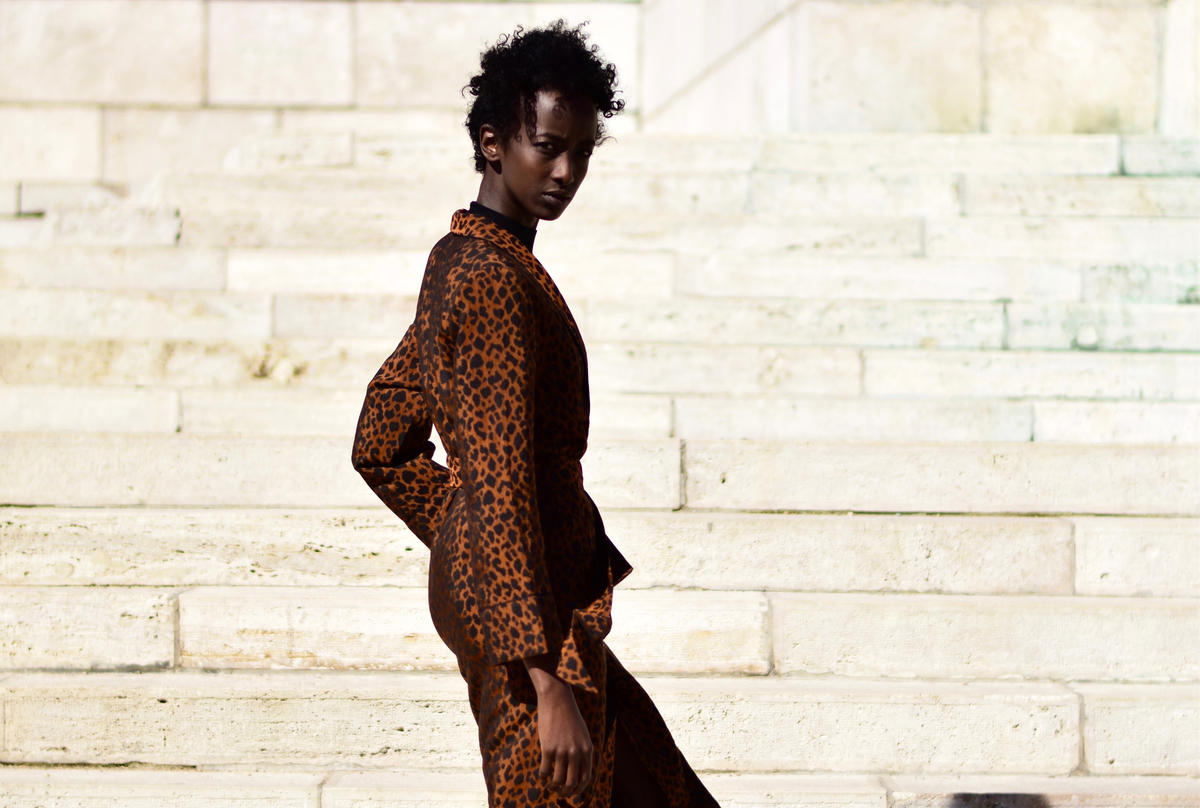
Kafia Mahdi models a leopard-skin patterned dress for a Hungarian online fashion store.
From the orphanage, Kafia moved to sheltered housing for troubled teenagers in Budapest. She was the only non-Hungarian in the home.
“The other girls were screaming and fighting and cutting themselves. I wasn’t a naughty girl. What was I doing there? But they accepted me and I got on with my studies. I graduated in all subjects from high school.”
Kafia has protected status and hopes for Hungarian citizenship.
Probably because of her striking appearance, Kafia was stopped several times on the streets of Budapest and offered modelling jobs, but she was wary. She accepted work with an agency recommended by friends and received commissions to model for designers, magazines and hairdressers.
"I don’t really consider myself a star."
The leopard-skin patterned dress she is modelling is for an online fashion store. Among the tourists taking photographs near the statue, Kafia looks professional as she stands against white stone walls and a blue sky.
“I was always interested in beautiful things,” she says. “Back in Somalia, I liked the colourful textiles. We wore little scarves that were soft, see-through and elegant. It didn’t have to be a heavy burqa.”
Besides modelling, Kafia earns a living by checking tickets at a cinema and working as a receptionist at a magazine. Aware that modelling will only take her so far, she has started language studies.
Kafia spent two years making the film with director Zurbó, who says she is “interested in multicultural subjects, questions of identity”.
The film shows Kafia studying, doing sports, learning to swim, wearing Western clothes and even going ballroom dancing. The story is threaded with monologues in Somali, exposing her homesickness.
In the final scene, Kafia wraps herself in a headscarf for a video call with her mother back in Somalia. How can she explain her new lifestyle?
“I’m so afraid,” she tells her mother through the film. “If you knew what I do, what would you say? Would you despise me?”
At the premiere, Kafia, chic in a leather skirt and long earrings, accepts congratulations and hugs, but is all too aware of the emotional cost of her success in Europe.
She is modest about her achievements. “The film has made me more noticeable but I don’t really consider myself a star. I hope it will help other refugees by showing them they are capable of doing anything.”





